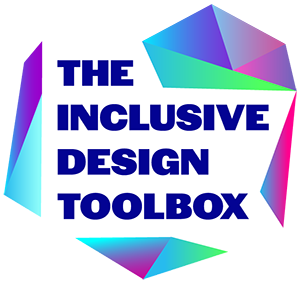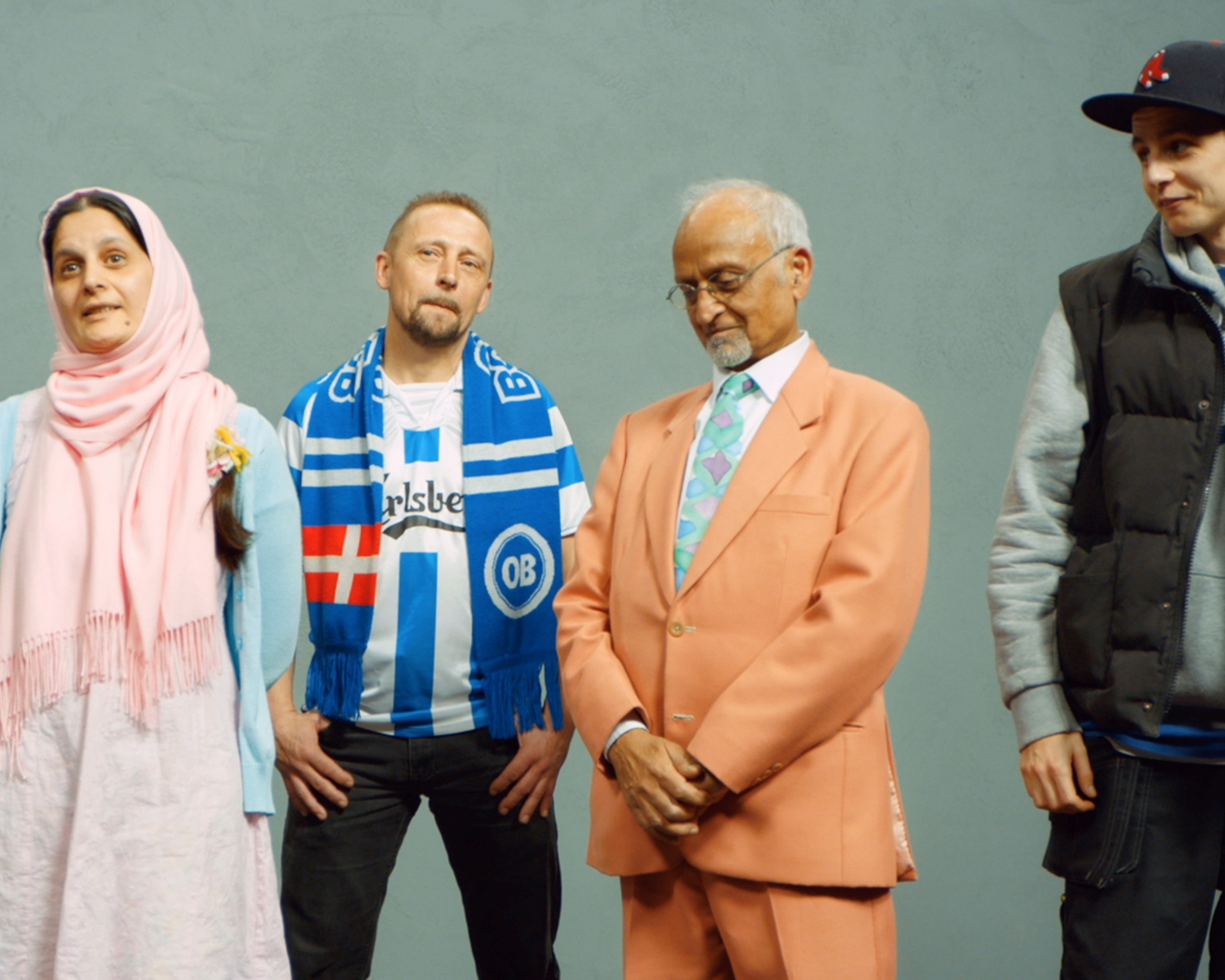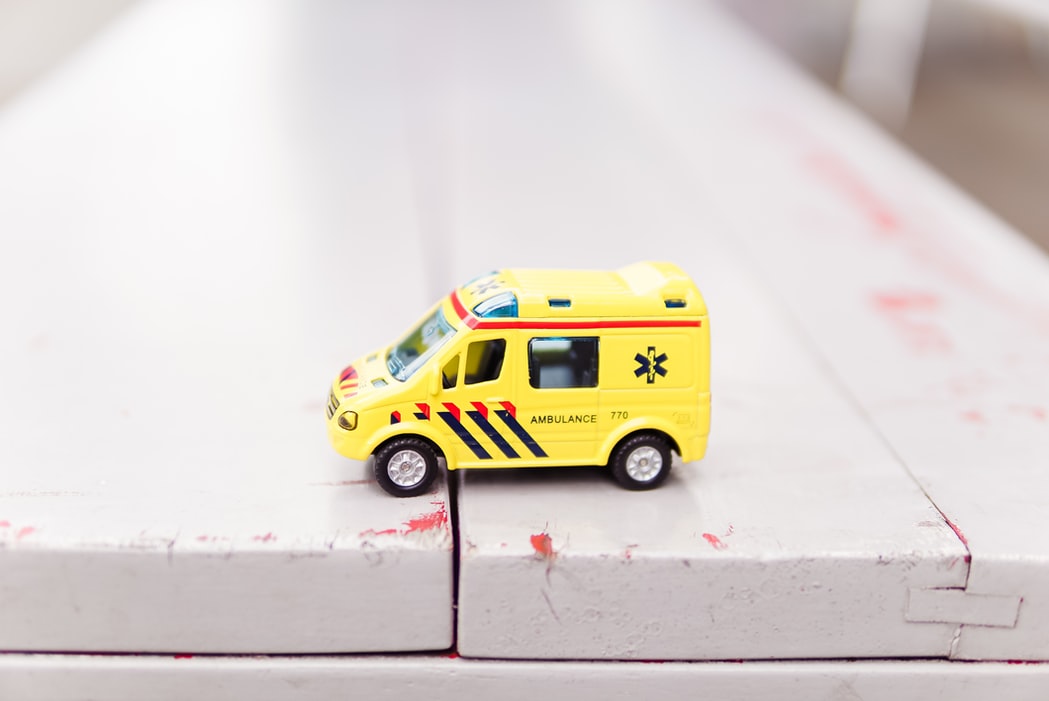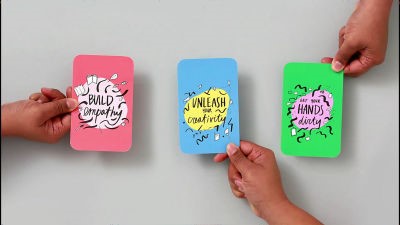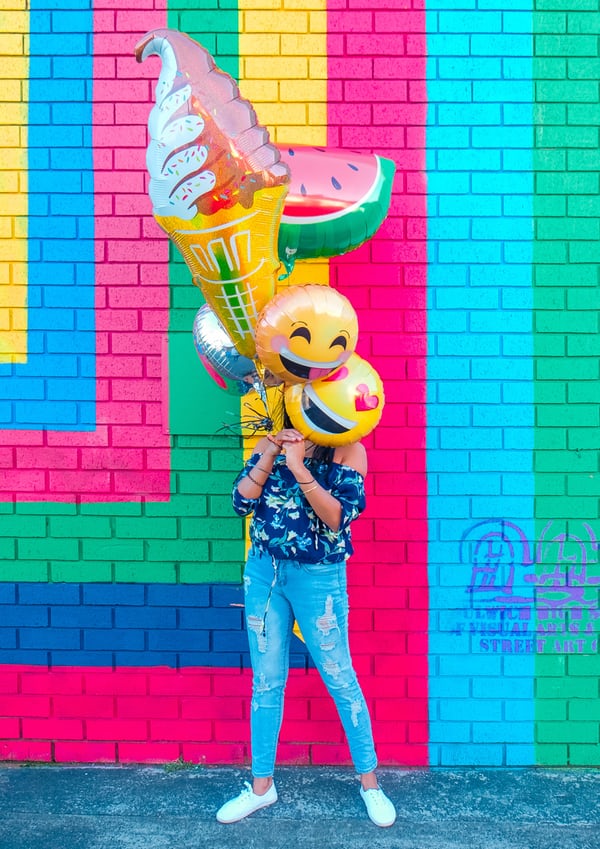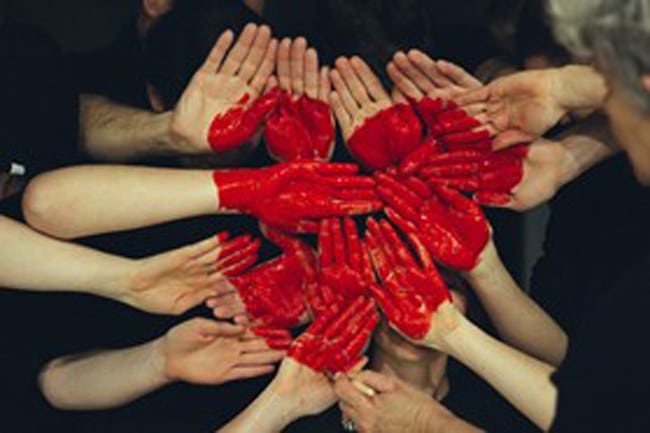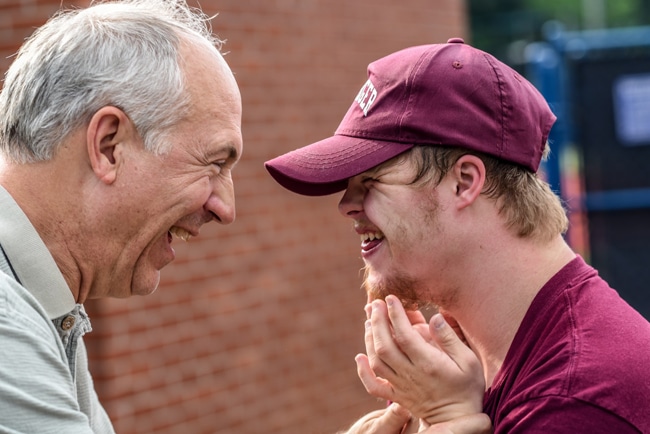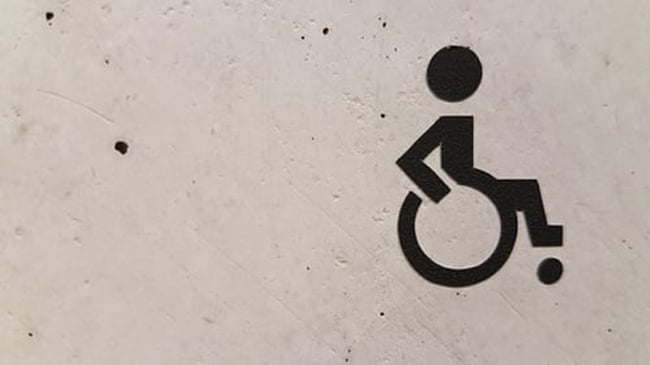Design
- Accessible
- Safe
- Welcoming
- Attractive
- Right for the users’ shared interests and
- Where users feel a sense of belonging
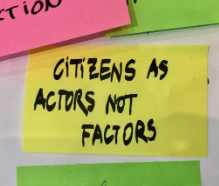
2. Which intangible factors make people feel safe and welcome (design, images etc.)? (See Hybrid places checklist)
3. What are the users’ shared needs and interests? (See ‘All That We Share’ video for inspiration)
4. How can small interventions make a big difference? (See PPS)
5. How are you making the best use of the diversity in your own project group?
6. What techniques are you using to co-create your place/product/service so users are ‘actors not factors’?
7. How does your product empower people and enable them to participate actively in society?
8. Use Imagineering theory to define the experience needs of your users.
These are the characteristics of an ‘experience’ (Kuiper & Smit 2001, 39)
1. There is a heightened concentration and focus, involving all one’s senses.
2. One’s sense of time is altered.
3. One is touched emotionally.
4. The process is unique for the individual and has intrinsic value.
5. There is contact with the ‘raw stuff’, the real thing.
6. One does something and undergoes something.
7. There is a sense of playfulness.
8. One has a feeling of having control of the situation.
9. There is a balance between the challenge and one’s own capacities.
10. There is a clear goal.
9. Are your users looking for a ‘meaningful encounter’ with others? Here are some guidelines:
- The establishment of a place (or ‘contact zone’) which feels safe for both parties
- Identifying shared interests (such as sports)
- A trusted community leader and professional facilitator trained in conflict mediation
- ‘Hanging out’ time i.e. the banal time spent together between organized activities.
Click on the pictures below to find more tools:
All that we share. This is one of our favourite videos; just click and see what we mean!
The Inclusive Healthy Places Framework. The Ghel Institute has created a very funky matrix to show how public spaces influence in/exclusion and the effects on our health.
A toolkit for inclusive (digital) design, created by Microsoft.
A toolkit for human-centered design; The Social Design Methods Menu.
IDEO Design Kit. More beautiful human-centered design tools, this time with case-studies.
The HvA Digital Society School Method Toolkit is a collection of design & research methods. It offers a helping hand to get your design process started.
A lab of labs: methods & approaches for citizen-centered design for the smart city.
What inclusive urban development can look like; Richard Florida in the Harvard Business Review.
Five top ideas for transforming public space; as selected by the Guggenheim Lab.
All that we share; the next level.
A Placemaking Toolkit for public space in Palestine.
How to keep all your stakeholders onboard? See how the Open Museum initiative in Brussels has set up a think tank to create welcoming museums.
Handy report on diversity & inclusive awareness in sports education. (NL)
How to design festivals that are wheel-chair accessible. (NL)
